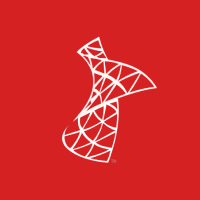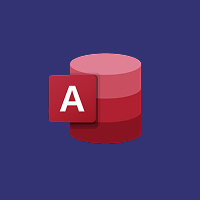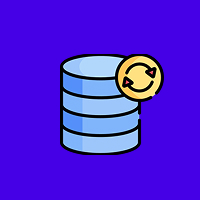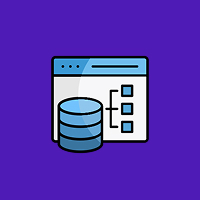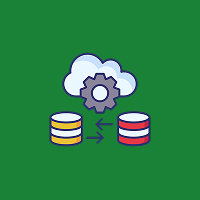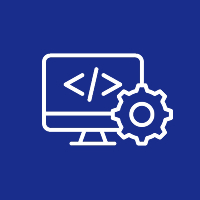Laravel’s Blade templating system is arguably the most superior part of the framework. It provides an elegant and expressive syntax, abstracting PHP logic atop a less cluttered, more structured frontend layer. Nevertheless, writing half-decent Blade templates is only half the battle of learning the fundamentals—Structure, Design, and proper use of Laravel features are needed.
There, we’ll be sharing tips and best practices that will assist you in writing cleaner, reusable, and effective Blade templates for your Laravel applications.
1. Use Blade Layouts for a Uniform Structure
Layouts give some consistency to page structure within your application. Through the use of Blade’s @extends and @section directives, you can specify a master layout with elements common to all pages, such as headers, menus, and footers. Not only does this make them easier to reuse, but it also helps promote consistency throughout your app.
Begin with a default layout that contains common UI components. Then, produce concrete sections that will contain different content on each page. This prevents repetition and your templates are DRY (Don’t Repeat Yourself).
2. Split Big Views into Fragments
As your application expands, templates become constricted. Blade components enable you to wrap UI elements such as buttons, modals, or cards in self-contained components. This makes your views cleaner, more readable, and easier to reuse pieces of code across pages.
Enclosing components also makes your code testable and less prone to breaking whenever you are changing reused UI components.
3. Utilize Blade Directives for Cleaner Logic
Blade offers an abundance of directives such as @if, @foreach, @auth, etc., which allow you to keep raw PHP out of your views. These directives aren’t only more legible but also better fit Laravel’s expressive mentality.
By employing directives such as @unless, @forelse, or @can, you gain more expressiveness and flexibility in your view logic. Don’t intermix too much logic with your HTML—let Blade do so in a declarative and readable manner.
4. Escape Output by Default
For security reasons and avoiding cross-site scripting (XSS) vulnerabilities, Blade escapes output by default using double curly braces. Use unescaped output for trusted data only. Keeping this restraint makes your application secure without depending on the use of external filters.
5. Do not place Business Logic in Templates
Your Blade templates must be presentation-focused alone. Business logic or data manipulation must remain in your controllers, ViewModels, or service classes. This separation problem leads to cleaner templates and an easier codebase to contend with.
Create all of the data in advance in the controller and then pass it over. This makes templates lean and easy to read.
6. Place Repeated Elements in Partials
For UI components that you would like to show on different pages—like navbars, alerts, or footers—use @include to put partial templates. This separates and reuses pieces of your interface without bloat in the main template.
Store partials in a distinct folder like partials or shared so your directory is clean and tidy.
7. Use Named Slots in Components
Named slots provide a mechanism for passing multiple, specific items of content to a component. They help make your components more flexible and easier to customize without repeating layout logic.
Slots are particularly great for modals, cards, and widgets where the layout never changes, but the content does.
8. Use @push and @stack
It can be difficult to push scripts and styles across many views. Blade’s @push and @stack directives assist you in pushing additional assets into specific areas of your layout from child views.
This comes in handy when you need to add a specific JavaScript or styles to a page but don’t wish to hard-code them inside every template.
9. Create Custom Blade Directives
Laravel allows you to define your own Blade directives for repeated logic or styling within your templates. This eliminates duplication and maintains your code cleaner.
If repeated condition styling, links, or output appear in different places in your application, consider eliminating them and inserting reusable directives.
10. Maintain Proper Indentation and Formatting
No matter how small, neat arrangement and correct indentation make a significant impact on readability and coding cooperation with your co-workers. It’s easier to understand the template structure immediately and reduces the chances of missing closing tags or brackets.
Use a code formatter or let your IDE automatically insert regular spacing and line breaks.
Final Thoughts
Blade is a super powerful and dynamic way to build Laravel views—but in order to truly master its potential, there need to be best practices followed. With the right use of layouts, components, slots, and directives, you can build cleaner, modular, and more efficient templates.
Cleaner templates equate to better collaboration, simpler maintenance, and less bugs. Whether you’re coding a simple site or a super complex app, these methods will assist in keeping your frontend logic clean and scalable.
Invest the time in improving your Blade templates—it will pay off in development speed, code quality, and overall project success.
Contact Us Today













 Database Development
Database Development